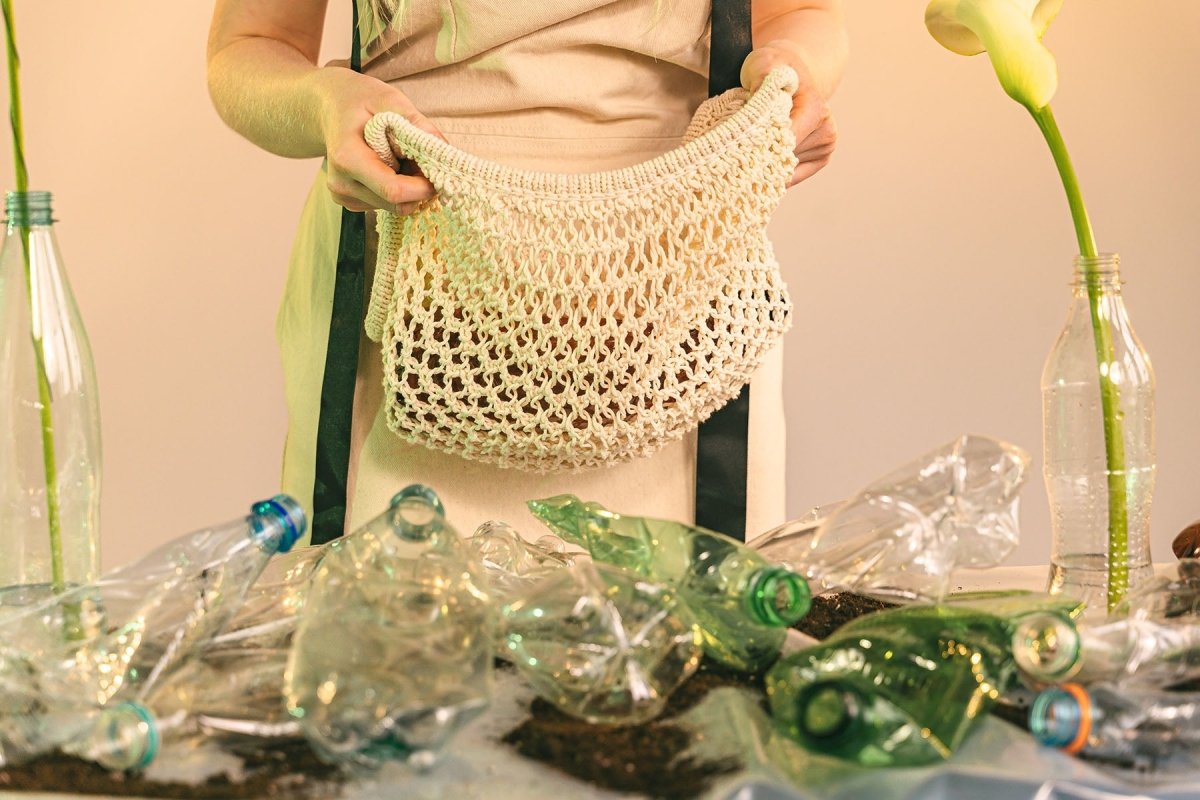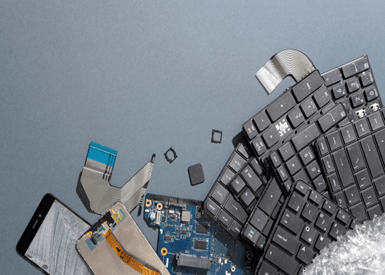It's not a secret that the world is facing a plastic problem, and it's only getting worse. The world is producing more plastic than it can handle, and this is having devastating effects on the environment. With the ever-growing amount of single-use plastic being used around the world, it's easy to forget that there is a way to combat this issue.
The solutions are out there, but it's up to each individual person to take action. A prominent issue is being able to reach people in a way that gets them to care about the problem and understand what they can do about it, which is where marketing comes in.
How does marketing help with the plastic problem?
Marketing campaigns have a unique opportunity to make a difference in the fight against plastic pollution. By creating a movement around the issue, marketing can reach global populations and spread awareness about the dangers of single-use plastic.
It's not just about getting people to be conscious of the use of plastic, it's also about making sure they understand that their actions have consequences on the planet. Through a marketing campaign that targets both consumers and producers, combined efforts can make a real and lasting difference. This gives marketing a crucial role in tackling the plastic problem, and the following are some of the most important ways.
Raising awareness.
Raising awareness is key since it's important to educate consumers about the impacts of their choices and what they can do to reduce plastic waste. This can be done through a variety of methods, including social media campaigns and public service announcements.
It's also important to educate people about the issue in general and how it affects the environment through educational marketing content and programs that are engaging and aimed at people of all ages. Especially with younger generations, it's important to teach them about the many problems associated with plastic, since they are the ones who will inherit this problem and will have to deal with its consequences.
Promoting sustainable alternatives.
Marketing solutions can also be used to promote alternative materials and practices that are more environmentally friendly. It's important to show people how these sustainable alternatives are better for the environment than plastics, and it's especially crucial for businesses to make the switch themselves. It also promotes the potential of newer green innovations like smart buoys helping to rid plastic waste from the ocean and other pioneering solutions that are not only more effective but also more sustainable.
This will not only help people see the benefits of these sustainable alternatives, but it will also set an example for others to follow. It will show people that there is a way to prevent plastic pollution without having to take drastic measures.
Supporting sustainable businesses.
The future of sustainable business models lies in the ability to support companies and organizations that are working to address plastic pollution. This includes supporting their growth while continuing to reduce the amount of plastic that is being produced and finding new ways to dispose of plastics.
Marketing these companies will help people see that there are eco-friendly practices and alternatives to plastic products out there, and they'll also start using them. Additionally, promoting green business models and their benefits can emphasize the value of using sustainability reporting practices for further developing the movement towards a more sustainable economy.
Changing consumer behavior.
Changing consumer behavior is a long-term goal. It will take time for people to change their habits, and it's not something that can happen overnight. It requires more than just educating consumers about the problem and showing them that there are solutions available if they choose to do so. This emphasizes the importance of effective marketing that is engaging and designed specifically to encourage and create sustainable behaviors, such as recycling, using reusable bags, and providing incentives for consumers to recycle.
With the right marketing campaigns and strategies, consumers can be encouraged to take action and make small changes that have a big impact on the environment.
Sustainable packaging and products.
Due to their unique position, marketers can influence people not just by what they say but also by how they say it through the products and packaging that a company provides. Delivering a green message through eco-friendly means like sustainable packaging can be a powerful way to get consumers’ attention, especially when they are looking for ways to make a difference.
By creating packaging that is environmentally friendly, such as using recycled materials or providing information about how the product was manufactured, marketers can help their clientele create change while still meeting their own business objectives.
Final Thoughts
While there is no quick fix for the plastic problem, people are seeing greater awareness of it and many solutions on the table. Marketing solutions can play a big role in spreading the word about these options and making it easier for consumers to make better choices. The key is implementing the solutions through effective marketing strategies that drive behavior change for the long term.
Article contributed by By Kat Sarmiento @ Katreena's Content Studio



